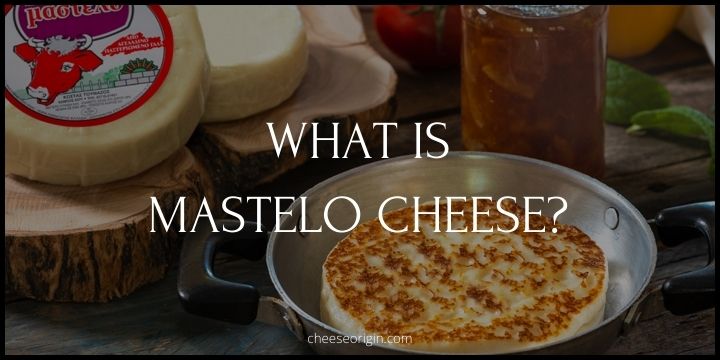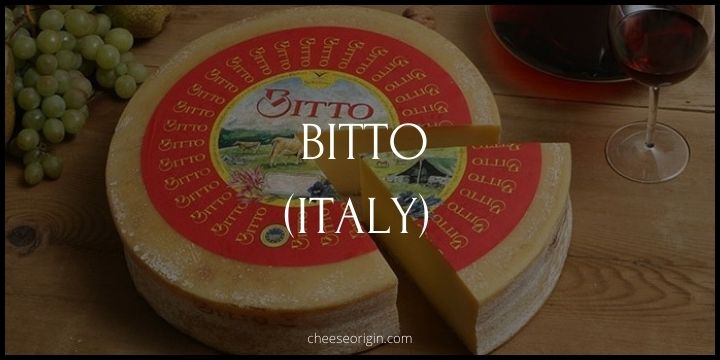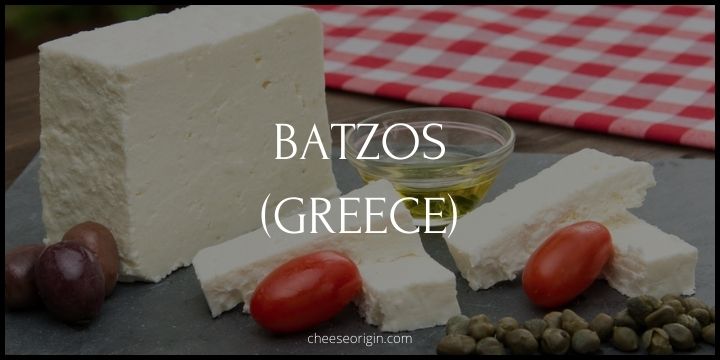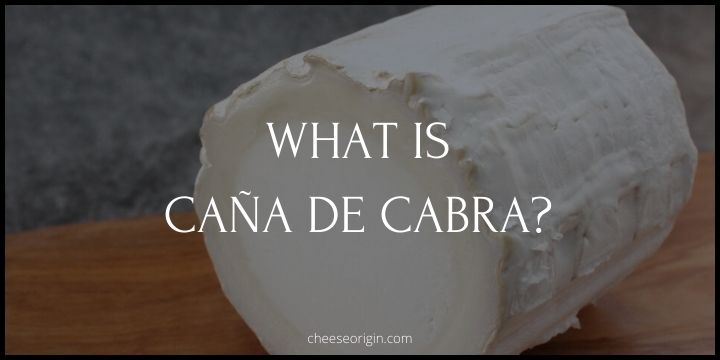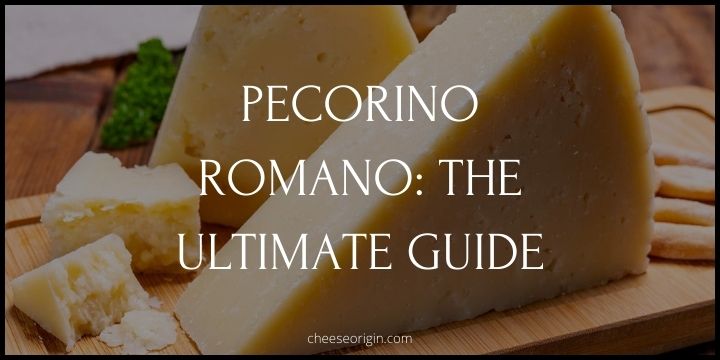What is Vacherin Fribourgeois? The Swiss Cheese with a French Name
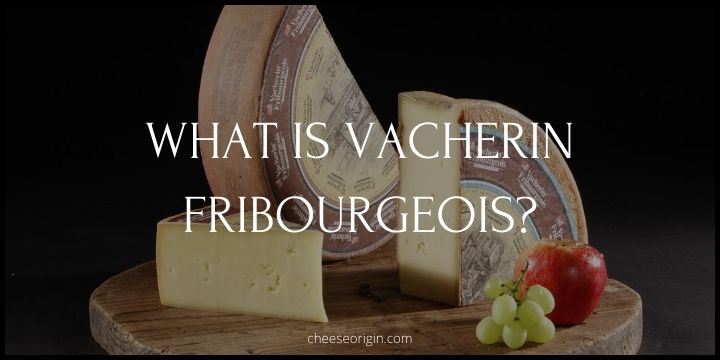
This culinary gem is more than just a dairy product – it’s a testament to the rich heritage of European cheesemaking that transcends borders. Vacherin Fribourgeois is like a well-kept secret in the world of cheeses, known for its creamy texture and unique taste.
This semi-hard to semi-soft cheese holds a special place in the heart of Swiss cuisine while intriguing cheese lovers worldwide with its French nomenclature. Let’s embark on a journey to discover the fascinating story of Vacherin Fribourgeois, a cheese that beautifully embodies the fusion of Swiss quality and French charm.
Quick Facts About Vacherin Fribourgeois
| Fact | Details |
|---|---|
| Origin | Switzerland |
| Type of milk | Cow’s milk |
| Cheese family | Swiss cheese |
| Texture | Semi-soft to hard |
| Flavor | Nutty, fruity, and slightly acidic |
| Aroma | Milky, with a hint of fresh hay |
| Color | Pale yellow |
| Ageing time | Minimum 9 weeks |
| Best served with | Fondue, Raclette, on a cheese platter |
| Wine pairing | Swiss Fendant, French Savoie |
| Production region | Fribourg Canton in Switzerland |
| Protected Designation of Origin (PDO) | Yes |
| Fat content | Approximately 45% |
| Unique feature | The rind is washed during aging, giving it a distinct flavor |
| Availability | Throughout the year, but best between August and March |
What is Vacherin Fribourgeois?
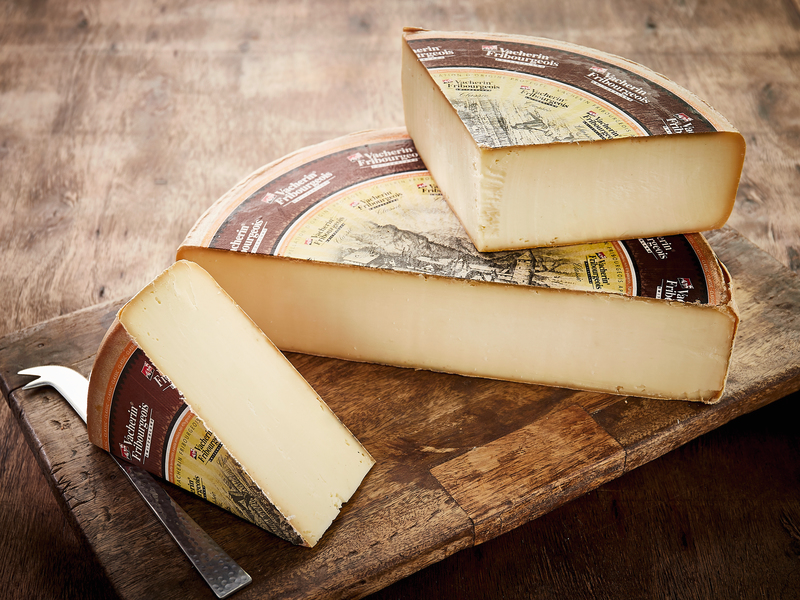
Vacherin Fribourgeois is a captivating Swiss cheese, steeped in tradition and offering a taste experience like no other. Made from the raw milk of Fribourgeois breed cows that graze on the lush pastures of the Jura Mountains bordering France, this cheese is as close to its natural source as you can get.
This semi-soft to hard cheese has a firm texture and an ivory to yellow-colored interior. Its rind is washed during the aging process, which contributes to its slightly pungent aroma. The flavor profile of Vacherin Fribourgeois is a delightful blend of fruity and aromatic notes, with a hint of bitterness that adds a unique complexity.
Fondue enthusiasts will recognize Vacherin Fribourgeois as an indispensable part of the popular Moitié-Moitié fondue. But this versatile cheese is equally delicious savored on its own or used in a variety of other dishes. Pair it with a Swiss Fendant or French Savoie wine for a truly authentic culinary experience.
Vacherin Fribourgeois is also notable for its Protected Designation of Origin (PDO) status. This means that every step of the production process, from the milking of the Fribourgeois cows to the aging of the cheese, is regulated to ensure consistent quality and protect the cheese’s heritage.
Whether you’re a cheese connoisseur or just a food lover looking for new flavors to explore, Vacherin Fribourgeois is a must-try. Its combination of creamy texture, rich flavor, and centuries-old tradition make it a standout in the world of cheese.
What Does Vacherin Fribourgeois Taste Like?
Vacherin Fribourgeois is known for its complex and unique taste. It has a creamy and smooth texture that complements its rich flavors. The cheese is subtly sweet, with a distinct nutty undertone. It also carries a slight tanginess, which adds an exciting dimension to its overall flavor profile.
The most distinctive characteristic of Vacherin Fribourgeois is its earthy and mushroom-like flavor that comes from the washed rind. This flavor becomes more pronounced as the cheese matures. Additionally, there are hints of fresh hay and caramel that linger on your palate, making each bite an indulgent experience.
Though Vacherin Fribourgeois is robust in flavor, it’s not overpowering. Its taste is balanced and sophisticated, making it a favorite among both cheese connoisseurs and casual foodies. Whether you’re enjoying it in a fondue, pairing it with wine, or savoring it on its own, Vacherin Fribourgeois offers a unique and memorable tasting experience.
Vacherin Fribourgeois Tasting Notes
- Texture: Vacherin Fribourgeois has a semi-soft to hard texture. It’s creamy and smooth, which makes it melt delightfully in the mouth.
- Color: The cheese has an ivory to pale yellow color on the inside, indicative of the high-quality cow’s milk used in its production.
- Aroma: Upon the first sniff, you’ll notice a milky aroma with hints of fresh hay. As the cheese matures, it develops a slightly pungent smell due to the washed rind.
- Flavor: The flavor of Vacherin Fribourgeois is complex and balanced. It starts with a subtle sweetness, followed by a distinct nutty undertone. There’s also a slight tanginess that adds depth to the overall taste.
- Rind Flavor: The washed rind imparts an earthy, mushroom-like flavor to the cheese, which becomes more pronounced as it ages.
- Aftertaste: After each bite, you’ll notice lingering notes of fresh hay and caramel. This pleasant aftertaste makes the cheese all the more enjoyable.
- Pairing: Vacherin Fribourgeois pairs well with white wines such as Swiss Fendant or French Savoie. It also goes well with crusty bread, fruits, and nuts.
How to Eat Vacherin Fribourgeois?
Vacherin Fribourgeois is a versatile cheese that can be enjoyed in several ways:
- Traditional Swiss Fondue: One of the most popular uses for Vacherin Fribourgeois is in a traditional Swiss fondue, where it’s often mixed with Gruyère. The cheese’s creamy texture and complex flavor profile make it perfect for melting.
- Cheese Platter: You can also enjoy Vacherin Fribourgeois as part of a cheese platter. Pair it with fruits like apples, pears, and grapes, as well as nuts and crusty bread. This allows you to savor the cheese’s unique flavor on its own.
- Cooking: Vacherin Fribourgeois can be used in a variety of recipes. It melts well, making it a great choice for dishes like gratins, quiches, and sauces. Try it in a potato gratin for a rich, cheesy twist.
- Wine Pairing: This cheese pairs excellently with wine. Try it with a white wine like a Swiss Fendant or French Savoie, which complement its nutty and slightly sweet flavor.
- Sandwiches: Add a slice of Vacherin Fribourgeois to your sandwiches for a gourmet touch. Its creamy and smooth texture will enhance any sandwich.
- Raclette: If you have a raclette grill, Vacherin Fribourgeois is an excellent choice. Melt the cheese and scrape it onto potatoes, pickles, and cured meats for a traditional Swiss meal.
Note: Vacherin Fribourgeois is best served at room temperature to allow its full range of flavors to develop. So, take it out of the refrigerator about an hour before you plan to eat it.
Is Vacherin Fribourgeois Similar to Brie?
While Vacherin Fribourgeois and Brie are both types of soft cheese, they have different characteristics.
Vacherin Fribourgeois:
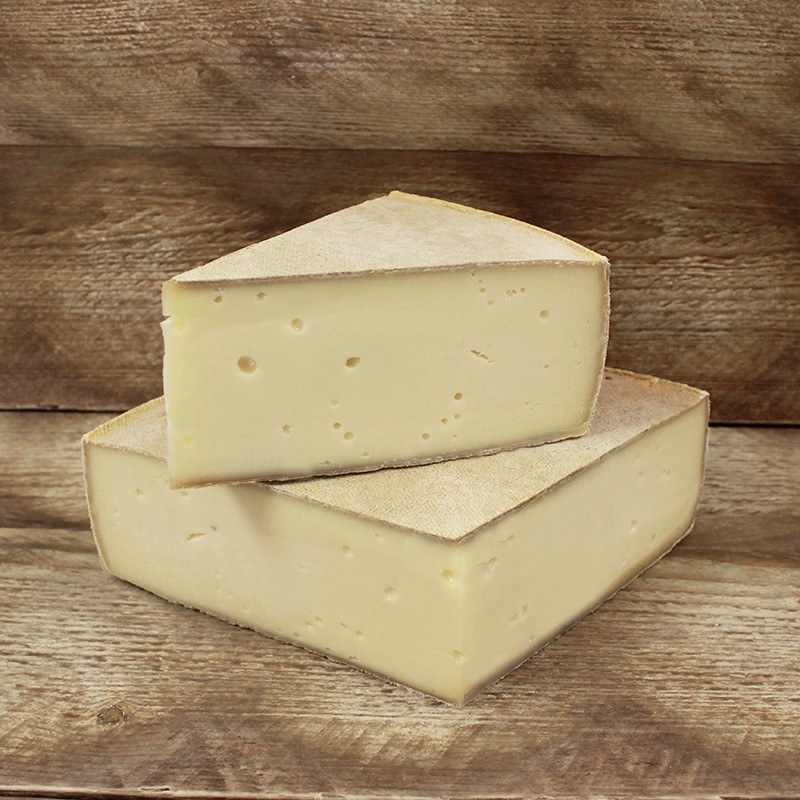
Vacherin Fribourgeois is a Swiss semi-soft cheese made with raw cow’s milk, primarily in the towns of Bulle and Fribourg in west-central Switzerland. It has a complex flavor profile that includes a subtle sweetness, a distinct nutty undertone, and an earthy, mushroom-like flavor from the washed rind. This cheese is renowned for its excellent melting properties, making it a great choice for fondues and other cooked dishes
Brie:
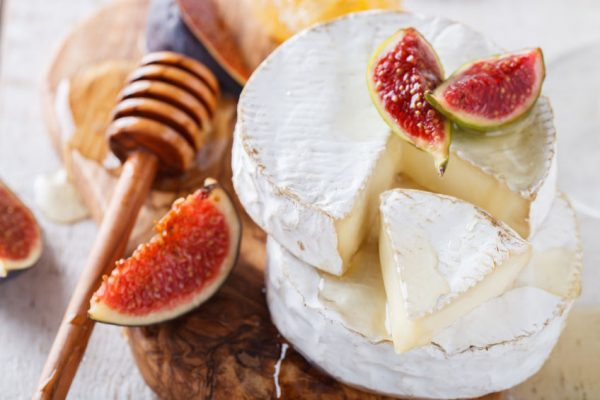
On the other hand, Brie is a French cheese known as “The Queen of Cheeses” due to its popularity and reputation. It has a mild and creamy flavor that is less complex than that of Vacherin Fribourgeois. Brie is distinguished by its bloomy rind, which is edible and imparts a slight mushroom flavor to the soft, buttery interior.
>> Click here to read our in-depth guide on Brie
While there are some similarities in terms of their softness and creaminess, the taste, texture, and production methods of Vacherin Fribourgeois and Brie are quite distinct. Therefore, while they may be used interchangeably in some recipes, they will provide a different flavor profile and eating experience.
What is the Difference Between Vacherin Fribourgeois and Vacherin Mont d’Or?
Vacherin Fribourgeois and Vacherin Mont d’Or are two distinct types of cheese with unique characteristics:
| Feature | Vacherin Fribourgeois | Vacherin Mont d’Or |
|---|---|---|
| Origin | Made in the Swiss canton of Fribourg. | Made in the Jura region, on the border between France and Switzerland. |
| Milk Used | Primarily made from raw cow’s milk. | Made from thermized (slightly heated) or raw cow’s milk. |
| Texture | Semi-soft to hard texture, creamy and smooth. | Very soft, almost runny at room temperature. |
| Rind | Washed rind cheese, giving it an earthy flavor. | The rind is washed and the cheese is traditionally packaged in a spruce bark, which imparts a distinct woody flavor. |
| Flavor Profile | Complex and balanced with a subtle sweetness, a distinct nutty undertone, and a slight tanginess. | Creamy and robust with a strong, pungent flavor, often described as having a resinous, or pine-like flavor due to the spruce bark. |
| Aging Process | Typically aged for a minimum of 9 weeks. | Aged for a minimum of 21 days. |
| Seasonality | Available year-round. | Seasonally produced, typically available from August to March. |
| Best Usage | Often used in traditional Swiss fondue or raclette, also excellent on a cheese platter or in various dishes for added flavor. | Best enjoyed warmed in its original box, which turns it into a sort of fondue. Can be spooned directly onto bread or potatoes. |
Note: while both cheeses have “Vacherin” in their names, they are quite different in terms of texture, flavor, and usage.
>> Click here to read our in-depth guide on Vacherin Mont d’Or
What is Vacherin Fribourgeois Made of?
- Raw Cow’s Milk: The primary ingredient in Vacherin Fribourgeois, it is sourced from cows grazing on the lush pastures of the Fribourg region.
- Salt: Used to enhance the flavor of the cheese and help in the curdling process.
- Rennet: This is an enzyme used to coagulate the milk, turning it from a liquid into a solid curd. Traditional rennet is animal-based, but there are also vegetable and microbial rennets available.
- Cheese Cultures: These are specific types of bacteria added to the milk to start the fermentation process, which gives the cheese its unique flavor and texture.
- Water: Used in the process of washing the rind of the cheese, which contributes to its distinct flavor profile.
10 Best Vacherin Fribourgeois Substitutes
| Substitute Name | Short Description | Tasting Profile |
|---|---|---|
| Emmentaler | A Swiss cheese known for its large holes and slightly nutty flavor. | Nutty, mildly sweet, and savory. |
| Comté | A French cheese made from unpasteurized cow’s milk in the Franche-Comté region. | Nutty, slightly sweet with a complex fruity flavor. |
| Appenzeller | A hard Swiss cheese known for its spicy, tangy flavor. | Tangy, spicy, and slightly fruity. |
| Fontina | An Italian semi-soft cheese with a mild, somewhat nutty flavor. | Mild, nutty, and slightly earthy. |
| Raclette | A semi-hard Swiss cheese often melted and scraped onto potatoes or bread. | Mildly pungent, creamy, and slightly nutty. |
| Gruyère | A hard Swiss cheese known for its creamy, nutty flavor. | Creamy, nutty, and slightly sweet. |
| Kerrygold Irish Dubliner | A hard Irish cheese that’s similar to Cheddar but with more complexity. | Sweet, nutty, and slightly tangy. |
| Jarlsberg Cheese | A Norwegian cheese similar to Emmentaler but with a sweeter, nuttier flavor. | Sweet, nutty, and slightly tangy. |
| Kefalotyri | A hard Greek cheese, typically made from sheep’s or goat’s milk. | Salty, tangy, and slightly sharp. |
What Pairs Well With Vacherin Fribourgeois?
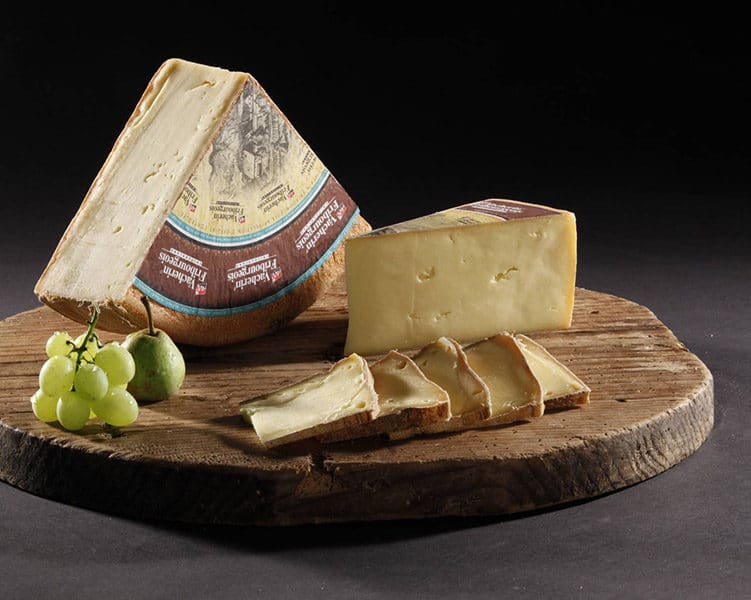
Food that goes well with Vacherin Fribourgeois:
| Category | Food |
|---|---|
| Breads | Baguettes, sourdough, rye bread, and whole grain breads. |
| Fruits | Apples, pears, grapes, and dried fruits like figs or apricots. |
| Meats | Prosciutto, salami, smoked ham, and roast beef. |
| Vegetables | Pickles, olives, roasted bell peppers, and sundried tomatoes. |
| Condiments | Honey, chutneys, fruit preserves, and mustard. |
| Nuts | Walnuts, almonds, cashews, and pecans. |
| Desserts | Dark chocolate, caramel, and fruit tarts. |
| Grains | Quinoa, brown rice, and couscous. |
| Pasta | Spaghetti, fettuccine, and macaroni. |
| Seafood | Smoked salmon, shrimp, and scallops. |
| Soups | Creamy mushroom soup, tomato soup, and broccoli soup. |
| Salads | Mixed greens, Caesar salad, and beetroot salad. |
Also read: 11 Best Crackers that Pair Well with Cheese
Beverage that goes well with Vacherin Fribourgeois:
| Category | Beverage |
|---|---|
| Wine | White wines such as Chardonnay, Sauvignon Blanc, or Swiss white wines like Fendant; Red wines like Pinot Noir, Merlot, or light-bodied Beaujolais. |
| Beer | Belgian ales, wheat beers, lagers, or fruity craft beers. |
| Spirits | Whiskey, especially smoother varieties like Irish whiskey; Brandy or Cognac. |
| Non-Alcoholic | Apple cider, pear juice, grape juice, or non-alcoholic wines. |
| Tea | Green tea, black tea, or herbal teas like chamomile or mint. |
| Coffee | Light to medium roast coffees, cappuccino, or latte. |
Also read: Top 10 Champagne & Cheese Pairings to Try at Least Once
The History of Vacherin Fribourgeois
Vacherin Fribourgeois is a Swiss semi-soft cheese made from cow’s milk, primarily in the Fribourg canton, or region, of Switzerland. The history of Vacherin Fribourgeois dates back to around the 15th century, making it one of the oldest Swiss cheeses.
The cheese’s name, “Vacherin Fribourgeois,” translates to “the herdsman’s cheese from Fribourg.” Traditionally, Swiss herdsmen would make this cheese during the summer months while their cows grazed on the lush mountain pastures of the Alps. This practice allowed them to store cheese for the winter months when fresh milk was less abundant.
In the past, Vacherin Fribourgeois was traditionally made in large wheels and aged for a minimum of 9 weeks. However, today it is also made in smaller sizes and can be aged for varying lengths of time, resulting in different flavors and textures. The cheese is known for its creamy, slightly acidic flavor and smooth, pliable texture.
Over the centuries, Vacherin Fribourgeois has remained a staple of Swiss cuisine, particularly in fondue. It gained AOP (Appellation d’origine protégée) status in 2000, meaning that only cheese produced in a certain way and in a specific region can bear the name “Vacherin Fribourgeois.”
The production of Vacherin Fribourgeois continues to be an important part of the local economy and culture in the Fribourg region, and the cheese is enjoyed by people all over the world for its unique, delicious taste.
Frequently Asked Questions
Also read:
- What is Ouleout? A Tale of Taste and Turmoil
- What is Hooligan Cheese? The Bold and the Beautiful
- What is Vieux Boulogne? The Aromatic Adventure of the World’s Smelliest Cheese
- What is Pouligny-Saint-Pierre? A Taste of Central France in Every Bite
- What is Rocamadour Cheese? A Bite-Sized Wonder of French Gastronomy
- What is Selles-sur-Cher? A Taste of France’s Artisanal Heritage
- What is Crottin de Chavignol? The Jewel of the Loire Valley
